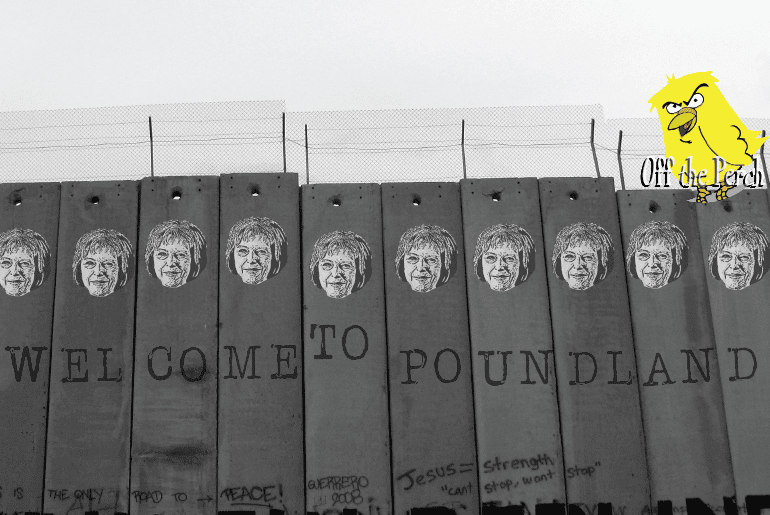Drone technology has become hugely popular, and a global billion-dollar industry. But aviation experts think they are too dangerous under the current rules.
A wide range of aviation professionals have issued a joint statement asking the European Union to implement urgent reforms that would make drones safer to fly.
Vast appeal could be breaking limits
Whether they are lightweight (under 20kg) or larger unmanned vehicles, drones are growing increasingly popular. Initially known for their use as weapons and in reconnaissance in war zones such as Afghanistan, Yemen and Pakistan, they are now used for civilian purposes including search and rescue, commercial delivery drops, and by hobbyists for aerial photography. The police have also adopted them for surveillance purposes.
Still very much an emerging technology, their large appeal has meant they have been pushed to their technical, legal, and safety limits, and even beyond, says Dirk Polloczek, President of the European Cockpit Association:
We’ve seen, for example, an increase in hacks and modifications in order to extend the drone’s flight distance. We’ve also seen drones flying around airports and runways – which are strict “no-drone zones” – and this despite warnings that this is prohibited and dangerous. And we’ve seen a worrying increase in near-misses between manned and unmanned aircraft.
Some drone operators are moving on a thin ice, and this could harm our entire industry and its safety record. So, Europe needs to act with a strong legal framework and effective enforcement.
Signatories to the statement, including pilots, airlines, helicopter operators, traffic controllers and a number of associations, call for “a robust harmonised EU-wide regulatory safety framework”. This would include compulsory drone registration, operator/drone pilot training and licensing, built-in performance limitations, and tough oversight by the national aviation authority.
Crashes have become more common
The UK has seen a number of drone crashes over the years. Most recently, an incident involving a drone crashing into a commercial British Airways (BA) plane sparked a police investigation. The number of near-misses involving drones has also quadrupled over a one year period.
You can see how some hobbyists crash their drones in the video below:
https://www.youtube.com/watch?annotation_id=annotation_1994307729&feature=iv&src_vid=Z4EE7Vv_RdM&v=0d5Co-6KtLI
After the BA crash, a Melbourne study looked at 150 incidents and found that most crashes were due to technical glitches rather than pilot errors.
Some of those crashes were very serious – such as the incident in August 2016, when a drone crashed into a house in an Israeli Arab village causing 25 people, including 13 children, to suffer from smoke inhalation.
Where is the oversight?
The Civil Aviation Authority (CAA) has sole regulatory authority over drones in UK airspace. The Telegraph reports that they have stepped in on a number of safety complaints. But they have no authority over privacy implications, which is a matter for the police. They also state that they would not investigate drone misuse. Additionally, they have no authority over UK procured drones used overseas.
Crashes that have occurred in Afghanistan, for instance, by MQ-9 Reapers and Hermes 450s are investigated and documented through Defence Air Safety Occurrence Reports. But no one, according to the last stated record in 2013, has been disciplined for any of those crashes (11 crashes of the Hermes 450 occurred between 2007 and 2013 in Afghanistan).
If they were caused by technical glitches, who then takes decisions about investigating those flaws in the UK-procured Israeli equipment used in Afghanistan?
There may be valid answers to the questions at hand. But we do not know the answers, because we do not know what UK drone policy is: the phrase ‘security implications‘ is used by the government to avoid answering most questions on drone use.
International agreement
While Europe is seeking more regulation, the US is asking global leaders to sign an international document on the technology.
The “Proposed Joint Declaration of Principles for the Export and Subsequent Use of Armed or Strike-Enabled Unmanned Aerial Systems (UAS)” is thought to set out important first steps in adhering to international standards, and taking into account human rights concerns when exporting drone technology for weaponised use.
But drone campaigners say it does not go far enough. In Europe, campaigners have raised concerns that taxpayers are subsidising the development and use of drones, but have no oversight over their development. And while safety remains an obvious concern, it is the risk of more ‘militarised and repressive use‘ that has caught the attention of many campaigners.
Get Involved!
– Support Statewatch.org, which monitors policies going in and coming out of Europe.
– Keep up to date with the UK policy on Drones through the All Party Parliamentary Group on Drones.
– Write to your MP to raise your concerns about drone technology and call for more oversight.
– Support The Canary if you appreciate the work we do.
Featured Image via Andrew Turner/Flikr

![Documents reveal Turkey’s collusion with ISIS [IMAGES, VIDEOS]](https://www.thecanary.co/wp-content/uploads/2016/09/TomTurkeySyria-min-e1473183139779.png)


















